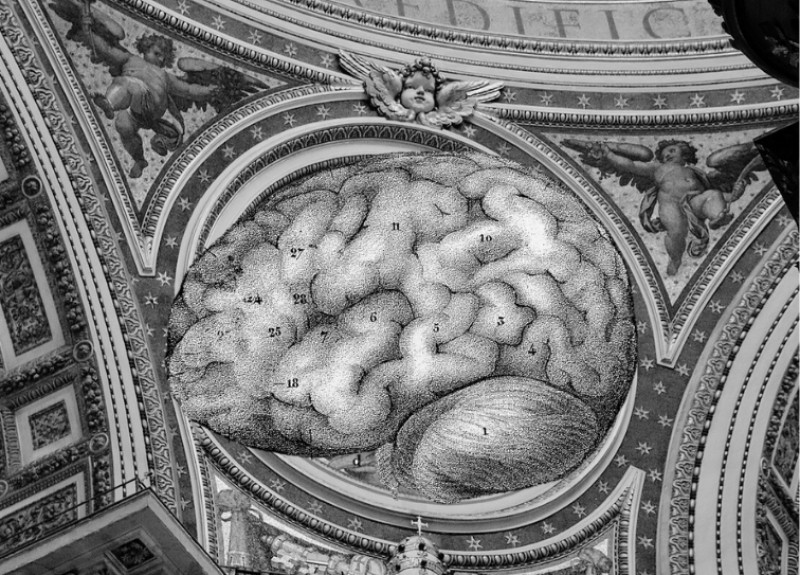News Details

In a recent paper published in the Philosophical Transactions of the Royal Society B, KLI Senior Fellow Mauricio González-Forero and KLI alumna Aida Gómez-Robles (University College London) analyse a new mechanistic explanation for evolution of large brain size in humans.
The human brain has tripled in size over the last 4 million years. As larger brains tend to have more neurons, this expansion is thought to have endowed humans with increased cognitive abilities. While there are many hypotheses for why this expansion happened, testing them is difficult because it would need experiments that aren’t possible for this ancient and unique phenomenon. And so, to date, scientists have not been able to establish the causes of human brain expansion.
In their new paper, Mauricio and Aida propose an alternative approach, where human brain expansion is replicated in silico using an “evo-devo brain model” recently developed by Mauricio. This novel model mechanistically replicates for the first time both the evolutionary and developmental dynamics of the brain and body sizes of humans and other hominin species. This allows the model to identify the factors that are under direct selection over hominin brain expansion and those that are not. Using this brain model, Mauricio previously found that there is no direct selection for brain size or cognitive abilities in the recovered human brain expansion.
Based on their findings, the authors argue that human brain size is not an adaptation in the model but instead an evolutionary by-product of selection for increased reproductive capacity; in other words, a ‘spandrel’ in Gould and Lewontin’s terminology. Their findings are supported by recent empirical studies indicating a relationship between brain size and shape and genes linked to reproductive traits.
The authors also suggest that besides brain size, various major patterns of human development that are recovered in the model, including a long childhood, a pre-adolescent growth spurt, and an adolescence period, also evolve in the model as by-products of selection for reproductive capacity. These observations challenge the longstanding view that human brain size is an adaptation that was selected for because of the ecology, sociality, or culture of our ancestors. They do however end with a note of caution. Confirming that human brain size is an evolutionary by-product would at least require comparisons with other models that involve selection for cognition and seeing which matches the data better.
Publication: González-Forero, M., & Gómez-Robles, A. (2025). Why did the human brain size evolve? A way forward. Philosophical Transactions of the Royal Society B, 380(1929), 20240114. doi.org/10.1098/rstb.2024.0114

